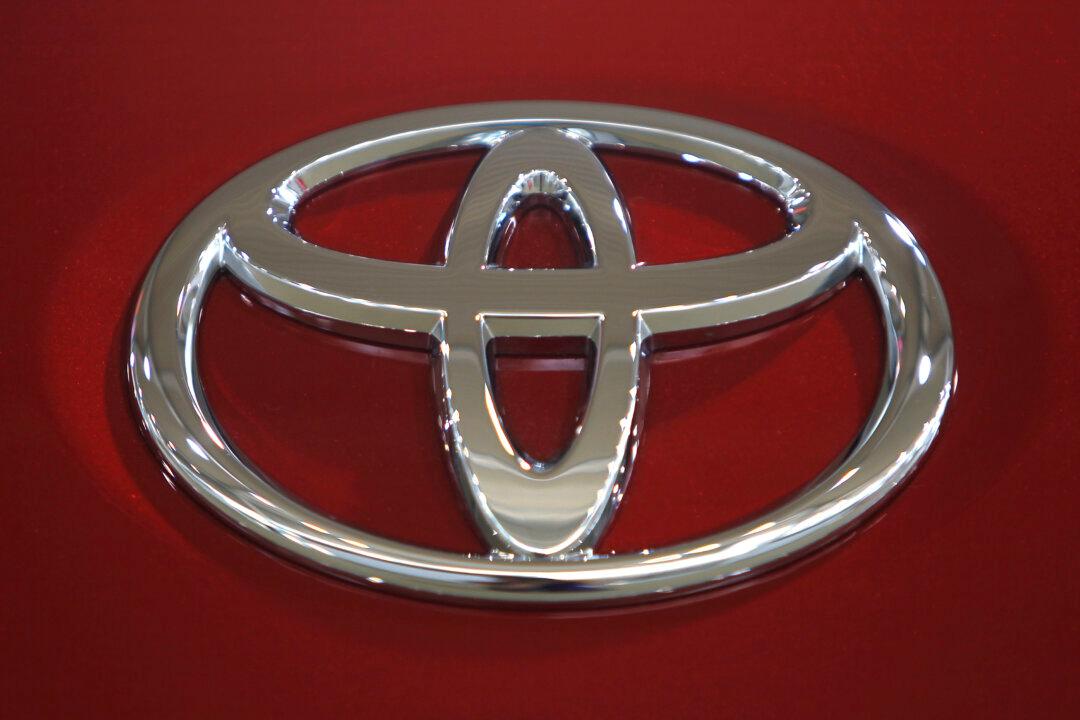TOKYO—When Toyota Motor Corp. launches its all-battery Lexus next year, the luxury model will be able to drive autonomously on highways, a big step for the Japanese automaker, which has so far trailed rivals in bringing self-driving cars to market.
Announced at the Tokyo Motor Show this week, the new Lexus shows how Toyota is putting its research on self-driving technology to work in cars that have limited automation.





